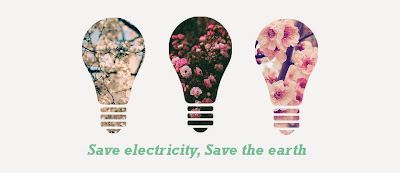 |
| ELECTRICITY PYLONS |
The light bulb is an early application of electricity, operates by Joule heating: the passage of current through resistance generating heat. Electricity is a very convenient way to transfer energy, and it has been adapted to a huge and growing number of uses. The invention of a practical incandescent light bulb in the 1870s led to lighting becoming one of the first publicly available applications of electrical power.
Although electrification brought with it its own dangers,
replacing the naked flames of gas lighting greatly reduced fire hazards
within homes and factories.Public utilities were set up in many cities targeting the burgeoning market for electrical lighting.The Joule heating effect employed in the light bulb also sees more direct use in electric heating.
While this is versatile and controllable, it can be seen as wasteful,
since most electrical generation has already required the production of
heat at a power station.
A number of countries, such as Denmark, have issued legislation
restricting or banning the use of electric heating in new buildings.
Electricity is however a highly practical energy source for refrigeration, with air conditioning
representing a growing sector for electricity demand, the effects of
which electricity utilities are increasingly obliged to accommodate. Electricity is used within telecommunications, and indeed the electrical telegraph, demonstrated commercially in 1837 by Cooke and Wheatstone, was one of its earliest applications.
With the construction of first intercontinental, and then transatlantic, telegraph systems in the 1860s, electricity had enabled communications in minutes across the globe. Optical fiber and satellite communication
technology have taken a share of the market for communications systems,
but electricity can be expected to remain an essential part of the
process.
The effects of electromagnetism are most visibly employed in the electric motor, which provides a clean and efficient means of motive power. A stationary motor such as a winch is easily provided with a supply of power, but a motor that moves with its application, such as an electric vehicle, is obliged to either carry along a power source such as a battery, or to collect current from a sliding contact such as a pantograph.

No comments:
Post a Comment